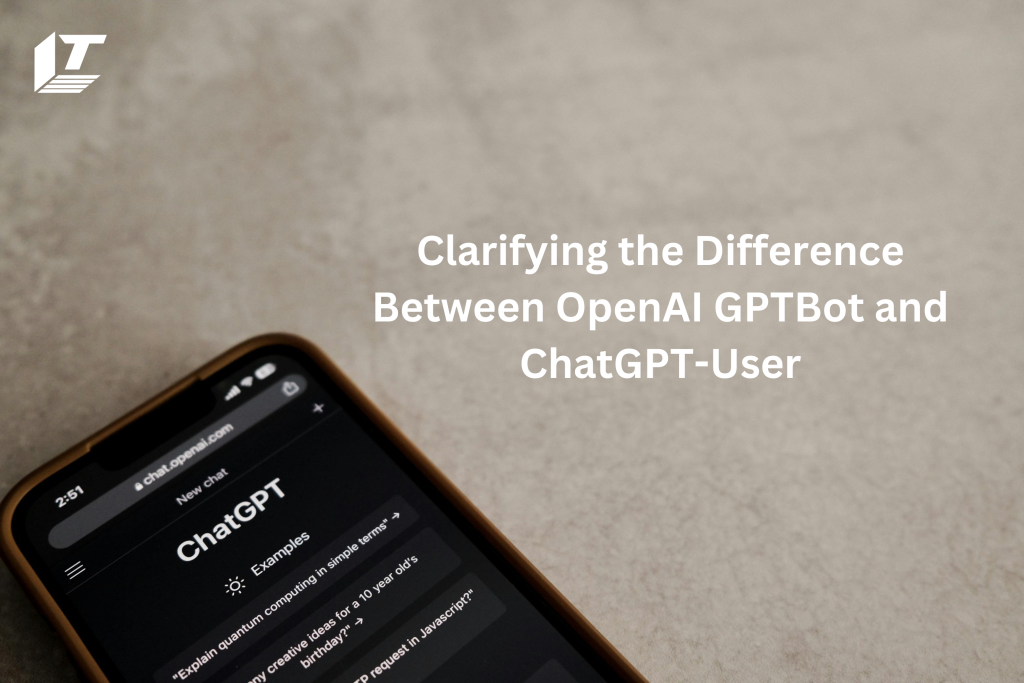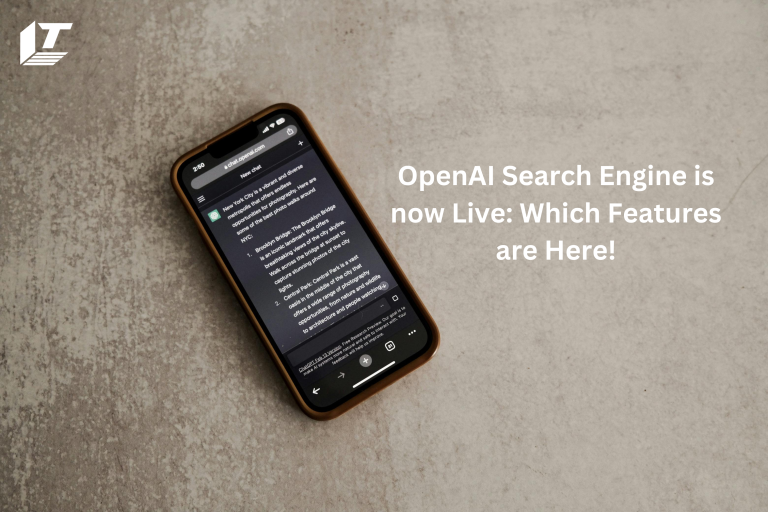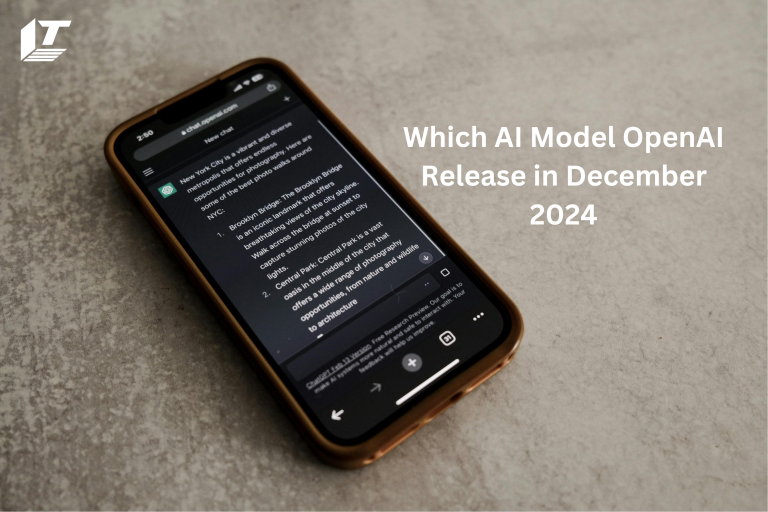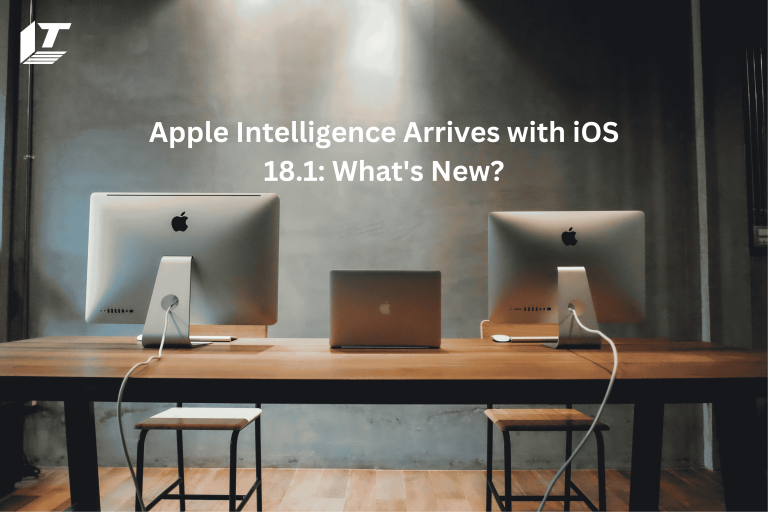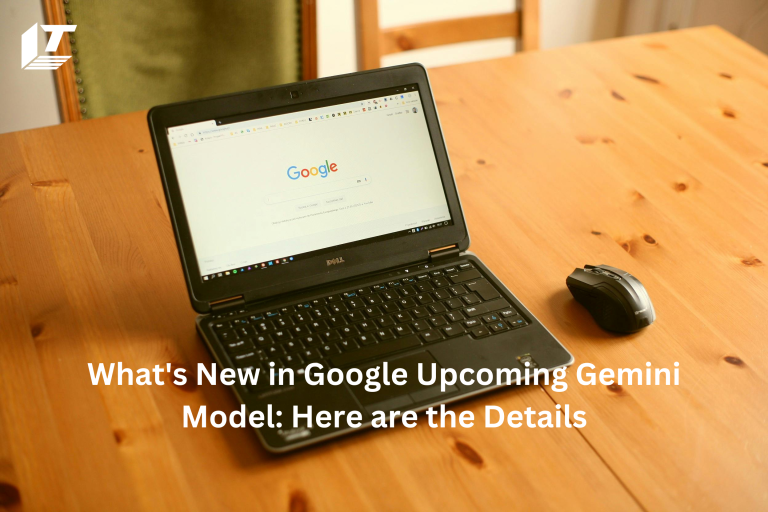AI integration is increasingly prevalent in clients’ lives, and applications like ChatGPT are becoming more widespread. ChatGPT reached over 200 million active monthly users by early 2024 and became one of the fastest-growing AI apps in history. However, technical aspects of AI construction are also crucial so that the final result is not affected. Companies like OpenAI, the company behind ChatGPT, have bots like GPTBot to assist enhance their AI model. But many people confuse these two tools: GPTBot and ChatGPT-User. They may seem very much alike but they have radically contrasting roles.
In this article, we will also learn about the confusion between the GPTBot and the ChatGPT-User and how precisely both actually function.
OpenAI’s Tools and AI Models: A Quick Overview
But let’s first distinguish between GPTBot and ChatGPT-User because it is necessary to know some basic assets of OpenAI before getting to the subject matter. GPT is short for Generative Pre-trained Transformer, which is the most familiar tool out of all of them. The recent GPT-4 released is a humongous model equipped with trillions of parameters. This is the ‘Engine’ behind many AI applications such as OpenAI’s ChatGPT.
ChatGPT is an Artificial Intelligence chatbot that is built using the GPT model which means the GPT model is used to converse with the users of chatGPT. It emphasizes conversation, which means it is designed to take and give answers to questions asked by people.
In other words, GPT stands for this, and ChatGPT is just a chatbot product based on this foundation. But what about the character of GPTBot… and the character of ChatGPT-User? Now, let us look at how these two very useful tools differ from each other.
What is GPTBot?
GPTBot is a web crawling software through which OpenAI collects information from the World Wide Web. This particular bot, therefore, makes a considerable contribution to training OpenAI’s AI. You can call GPTBot a researcher who gathers information from several websites to train GPT models.
Thus, the main objective of GPTBot is to gather web content helpful for enhancing OpenAI’s generative models like GPT-4. It appeared to assist the AI to learn language patterns, facts, and concepts from different sources it came across with. The more quality data that GPTBot collects, the more enhanced the AI model that is used.
Key facts about GPTBot:
● Used to gather data for AI model training.
● Helps improve the accuracy of generative models like GPT-4.
● Can be allowed or blocked using robots.txt files.
What is ChatGPT-User?
Another tool of OpenAI is ChatGPT-User, but its aim isn’t concerned with GPTBot. Completely excluding web crawling to collect data for AI training, ChatGPT-User concentrates only on further communication between users and the ChatGPT tool. For example, the user may type a query in the ChatGPT platform, in which case ChatGPT-User may go to a web page to discover the response. This occurs when the AI requires data for something new, a new feature not encountered during training of the model.
Altogether, ChatGPT-User aims at ensuring the user spends quality time with ChatGPT as possible being provided with the best responses. It stays between the user’s question and the internet and actively pulls information to give a more precise answer.
Key facts about ChatGPT-User:
● Used for real-time user interactions.
● Helps ChatGPT answer questions by visiting websites in real time.
● Does not gather data for training AI models.
● Can be allowed or blocked using robots.txt files.
Key Differences Between GPTBot and ChatGPT-User
We succeeded in identifying what GPTBot and ChatGPT-User are We would now focus on the differences.
Purpose: As for GPTBot, it is designed to scrape sites for data to train models or at least that is how it began., the reason being that the original name of the project was GPTChat but was changed to ChatGPT-User to be used to help ChatGPT answer user queries on the fly.
Data Collection: GPTBot gathers data to enhance the AI’s language skills as it explores the websites for an amount of information. ChatGPT-User, on the other hand, doesn’t collect data for training purposes.
Impact on AI Learning: GPTBot plays a role in implementing changes and updates regarding AI products such as GPT-4. ChatGPT-User does not let AI learn; it assists in answering real-time user queries.
robots.txt Management: Here, both GPTBot and ChatGPT-User obey rules that webmasters assign to bots visiting their Websites in their robots.txt files. Nevertheless, these bots are used for different functions, and hence, while one might be welcomed by the webmaster the other will be banned.
Practical Examples of Use
Now that we know the positions of GPTBot and ChatGPT User, let us use an operational model to illustrate how this system works.
Now let’s say you own a blog where you post articles frequently, and for whatever reason, you do not want any AI models to use your content for training purposes.
Nevertheless, you might still wish to retain ChatGPT-User so that your site can be linked in real-time responses should users pose certain questions.
For instance, when someone inquiring about hiking trails in your region types a question into ChatGPT, then the ChatGPT user will check out your blog for a more current perspective. Here the folders are that while GPTBot would save & use your blog content to train AI models, ChatGPT-User is getting information only for once.
Conclusion
In conclusion, even though both GPTBot and ChatGPT-User are OpenAI resources, their function is extremely varied. GPTBot deals with data acquisition to enhance AI models, while ChatGPT-User makes it easier for users to obtain current information. Knowing these is crucial especially if you, as a webmaster, want to manage how your site reacts to AI.
Meet Jack Smith your trusted source for cutting-edge insights in the world of technology. With a deep understanding of emerging trends and a knack for translating technical jargon into actionable advice, He empower readers to stay ahead in the fast-paced tech industry. Join him on a journey of discovery as he unravel the mysteries of innovation and explore the limitless potential of tomorrow’s technology.

